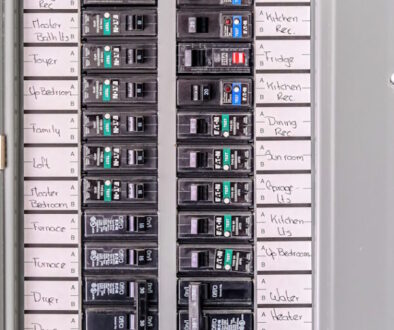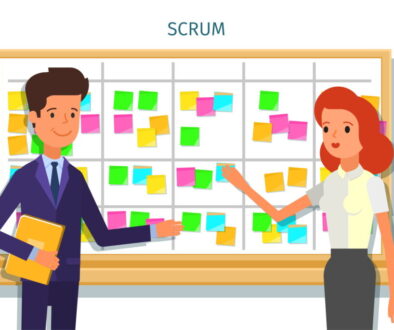Back to the Basics: Tensions to Manage
Before getting into the main value sets of the manifesto I wanted to take a moment and cover an important line that still manages to get overlooked by some.
“That is, while there is value in the items on the right, we value the items on the left more.”
– Agile Manifesto
This line resonates with one of the biggest takeaways I have had from Andy Stanley’s free monthly leadership podcast. The concept is one of a problem to solve versus a tension to manage.
As engineers we like to solve problems. Specifically as software developers we like to provide software solutions to meet the needs of our users. For instance in our environment we like to make the software do as much as possible automatically. Every time we can take a decision point away from the user, or remove an interaction it saves time. In processing millions of documents a year every second can really add up. There is almost certainly an analogue in your environment.
As Agilists we need to solve problems. Whether we are working as a Scrum Master, Agile Project Manager, Agile Coach, or Team Lead doesn’t matter. In each of these positions one responsibility is to remove impediments to progress. As we gain experience in our roles what we will come to realize is that not all problems can be solved and forgotten. Some keep coming back. That is an excellent indicator that the problem is really a tension to manage.
When something is a tension to manage what we really mean is that there is a delicate balancing act that must take place. There will not be a final distinct winner. A good example of this from my experience is the desire of an internal IT team to keep infrastructure technology up to date versus a business need to support legacy hardware & software. There are valid business reasons for both upgrading and not upgrading. On the surface it is a problem to solve. In reality it is a tension to manage. It will come back every time a new technology upgrade is available.
The four main value statements in the Agile Manifesto are like this. They identify tensions to manage. We don’t stick only with working software while dropping documentation completely. We aren’t running with no contracts. We are finding the balance between following a plan and responding to change. We lean to individuals and interactions, but we don’t abandon all processes and tools.
The next few posts in the series are going to attempt covering the main value statements. As I research and draft them out I am coming to realize they are huge topics. Despite each statement only using 5 to 7 words they say volumes. I am going to try identifying ways to manage the tensions as part of the examination.
Do you, like me, default to solving problems presented to you? Have you learned to manage tensions where appropriate instead?




